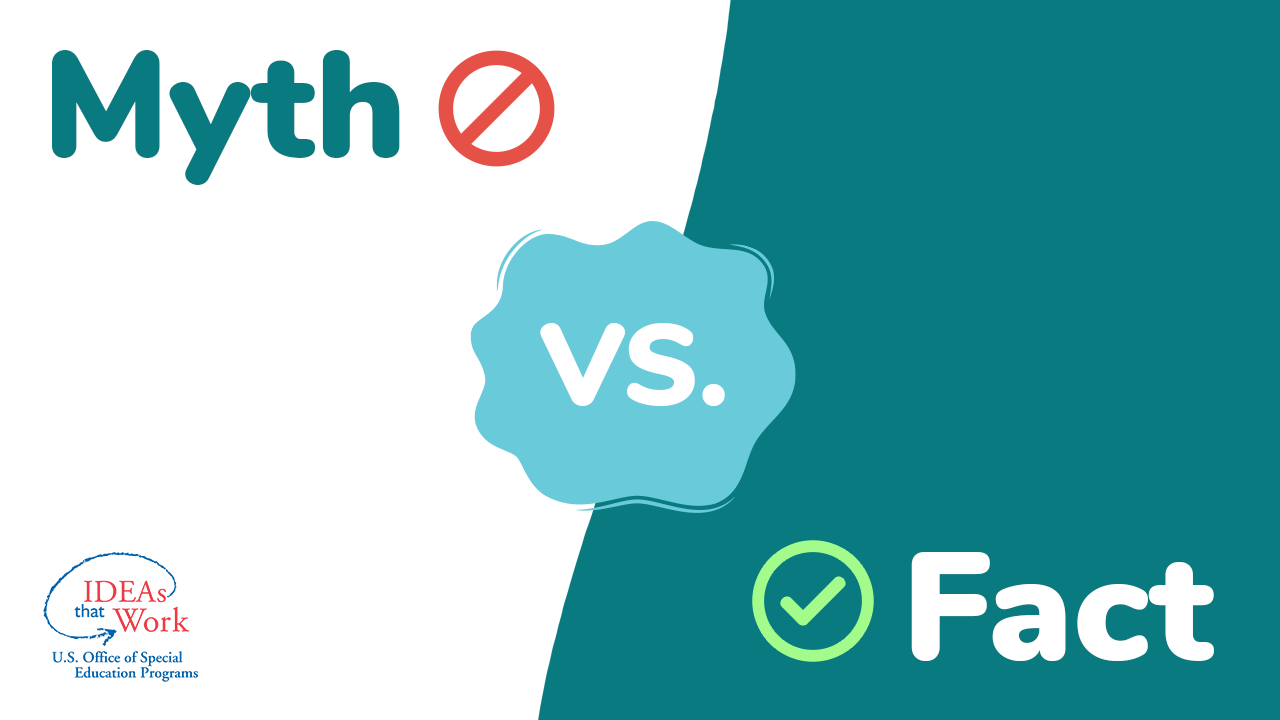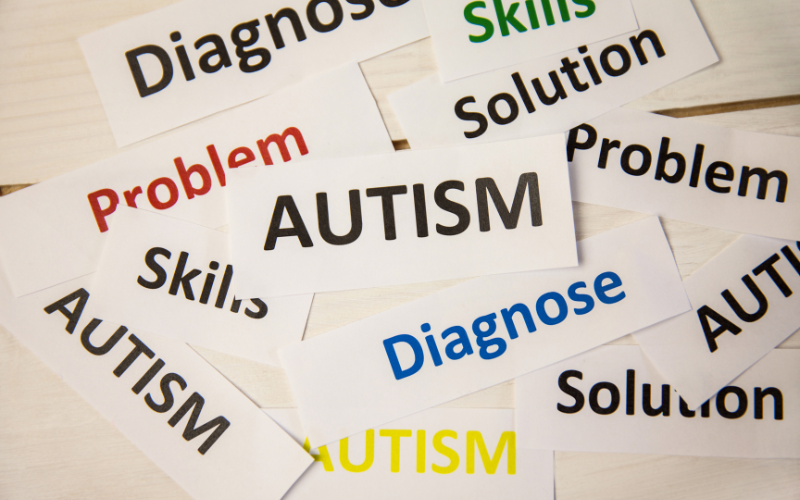Myths and facts about assistive technology: New guidance
Assistive technology (AT) offers a multitude of benefits across all age groups by fostering independence, supporting inclusion, facilitating friendships, and leading to improved overall quality of life. For young children, it facilitates opportunities for play, learning, friendships, and development by providing tailored educational tools, enhancing communication skills through augmentative and alternative communication, and enabling access […]
Rethink task initiation challenges with tweens and teens
Why do some people wash the dishes right away, but others never get around to it? Why are some students glued to their cell phone screens and require multiple prompts to begin classwork? The answer is partly due to biological traits and partly due to learning experiences (Dawson & Guare, 2012, 2018). Since procrastination (the […]
Learning to read: The right practice is important
Anyone who has successfully mastered a sport, a musical instrument, a culinary art, or public speaking understands the stages, time, and effort it took to get there. Even individuals with a propensity for sports, music, cooking, or speaking will admit that it took immense practice to achieve their goals. In the same way, learning to […]
PrinciPALS: How to support teacher well-being
Much is being said about mental wellness in school settings, especially since the pandemic, and it is not simply about our students. Teacher stress and burnout levels remain high. Retention rates are plummeting as job pressures continue to grow (Will, 2023). According to a recent study, teachers are twice as likely to report high difficulty […]
Motivating students to read:
What can teachers do to turn reading from a chore into an adventure? We live in a world of distractions for young and older students. Their lives are busy with endless schedules of activities, sports, technologies, family dynamics, etc. For some young people, it’s difficult to motivate them to enter the school doors consistently. Students […]
Learn by listening: Explore the world of podcasts
Are you looking for an easy and accessible way to learn new information and hear people talk about practices they are implementing to help students be successful? Listen to a podcast! Podcasts are audio recordings typically played on demand on your smartphone or computer (Prince, B.F., 2020; Tobin & Guadagno, 2022). The number of people […]
Inclusion means everyone! Five resources for supporting young children with disabilities.
Each child is unique, and adapting strategies to individual needs is essential. Use these resources to create inclusive and supportive programs where all children thrive! 1. Positive, Proactive Approaches to Supporting Children with Disabilities: A Guide for Stakeholders 2. Policy Statement on the Inclusion of Young Children with Disabilities in Early Childhood Programs 3. Building […]
Maintaining a healthy well-being for educators
According to a Gallup poll conducted in June 2022, the teacher burnout rate has increased to 44%, doubling since March 2020 (Camera, 2022). The three million member National Education Association released a poll in February indicating that 55% of teachers were ready to leave the profession (Lurye, 2022). Education Secretary Miguel Cardona has stated, “As […]
Using your mathematics community to develop students’ mathematical identity and mathematical agency
In the November 2023 edition of this digital newsletter, we discussed the prevalence of math anxiety among our students as young as elementary school. We shared that the 2012 PISA study revealed as many as 59% of 15 and 16-year-olds expressed worry about the mathematics classroom; and this anxiety can begin as early as first […]
How to recognize the female autism phenotype
According to the Centers for Disease Control, 1 in 44 children has Autism Spectrum Disorder (ASD), which has historically been viewed as a male disorder (Tomlinson et al., 2020). There are misunderstandings affecting the identification and understanding of females with autism that often result in females being overlooked or diagnosed far later, especially females with […]









